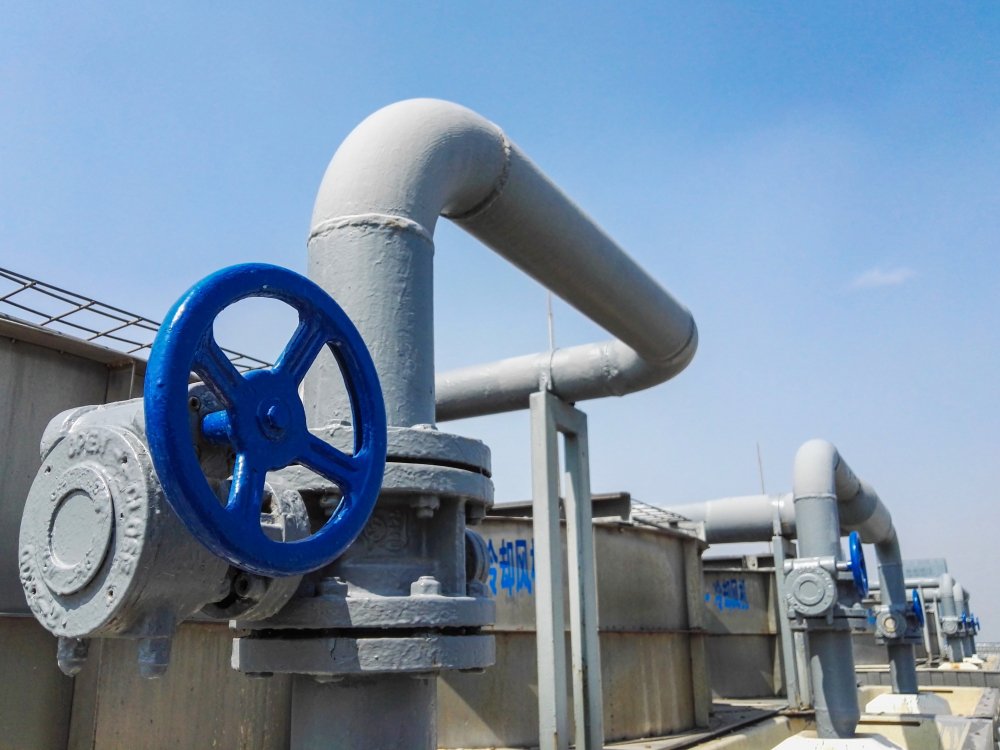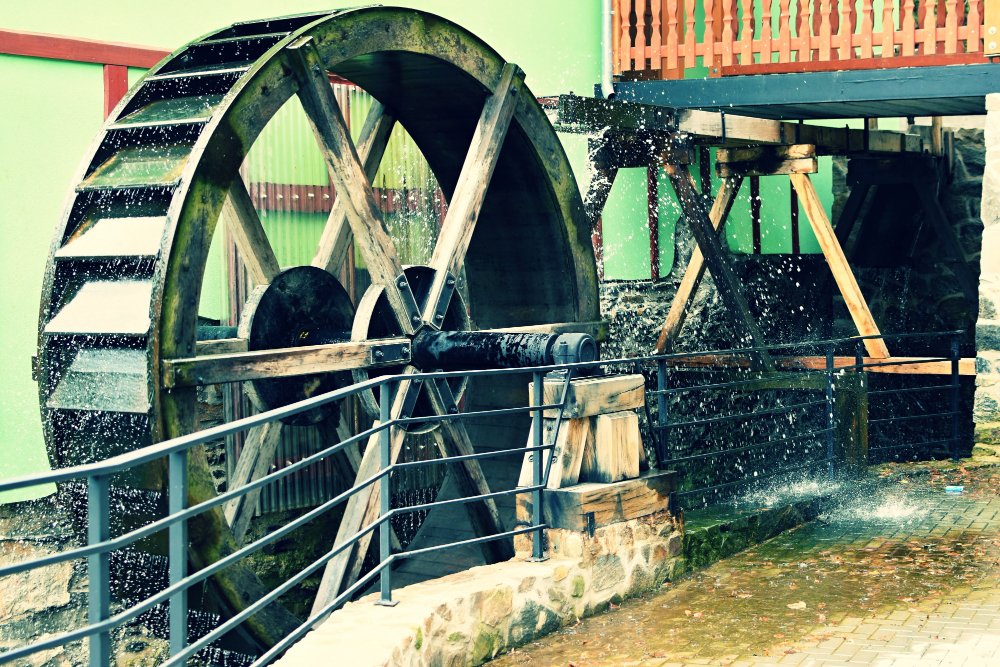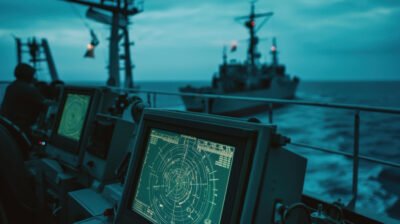Fresh water generators (FWGs) and heat exchangers are indispensable components of modern marine systems, ensuring access to fresh water and effective thermal regulation onboard. Whether you operate a commercial vessel or manage ship equipment procurement, understanding the critical spare parts and maintenance needs of these systems is essential for reliability, energy efficiency, and long-term cost savings.
At Maridec Marine, we specialize in sourcing, supplying, and consulting on marine spare parts, including solutions from top-tier manufacturers like Sondex, SPX Flow, and Boll&Kirch. In this guide, we’ll walk you through the key components, common issues, and expert maintenance strategies that keep your systems running at peak performance.
1. Why Fresh Water Generators and Heat Exchangers Matter
Fresh water generators convert seawater into potable water using vacuum distillation or reverse osmosis, while heat exchangers maintain ideal thermal conditions by transferring heat between two fluids. These units are fundamental for:
Sustaining crew welfare and hygiene
Cooling engines and auxiliary systems
Supporting operational safety
Failure in these systems can lead to costly downtime, environmental penalties, and even voyage disruption. Hence, timely replacement of worn-out components and consistent servicing are critical.
2. Critical Spare Parts You Should Always Have
a. For Fresh Water Generators
Condenser tubes: Crucial for efficient condensation; scaling or corrosion leads to performance loss.
Vacuum pump seals and diaphragms: Maintain suction; damaged ones cause pressure drop.
Ejector nozzles: Regulate water flow; clogging can impair function.
Salinometers & conductivity sensors: Ensure water quality.
Gaskets and O-ring kits: Frequent replacement avoids leaks.
b. For Heat Exchangers
Plate packs (Sondex/SPX Flow models): Core transfer surfaces; fouling or metal fatigue reduces efficiency.
Rubber gaskets: Heat and pressure resistant; critical for sealing between plates.
Temperature and pressure sensors: Prevent overheating or mechanical failure.
Cleaning-in-place (CIP) adapters: Enable safe, efficient chemical cleaning.
Pro Tip: Always use OEM or equivalent quality parts from verified suppliers like Maridec Marine to ensure compatibility and durability.
3. Trusted Brands: Sondex, SPX Flow, and Boll&Kirch
Sondex
A leader in plate heat exchangers, Sondex offers precision-engineered solutions that optimize heat transfer with compact designs. Their plate materials, including titanium and stainless steel, offer resistance to aggressive marine environments.
SPX Flow
Known for their robust fresh water generation systems, SPX Flow equipment supports modular design and easy spare part interchangeability. They also provide digital diagnostics, which help schedule predictive maintenance.
Boll&Kirch
When it comes to marine filtration, Boll&Kirch is a trusted name. Their automatic filters protect heat exchangers from particulate buildup, thus extending equipment life. Common spare parts include filter candles, seal kits, and differential pressure indicators.
4. Maintenance Guidelines for Longevity

Routine Inspection Checklist
Check plate pack condition every 6 months
Replace gaskets and O-rings annually
Clean filter elements and inspect for clogging
Test salinometer and vacuum sensor calibration monthly
Ensure flushing after each port operation
Cleaning and Descaling
Use compatible descaling agents such as Alpacon Descalant or Multi CIP Super to remove calcium deposits and biofouling. A proper flushing cycle, followed by drying and sealing, avoids internal corrosion.
Avoid: Using abrasive brushes on heat exchanger plates or excessive pressure when tightening gaskets, as it may deform metal surfaces.
5. Energy Efficiency & Carbon Footprint Considerations
Outdated or poorly maintained FWGs and heat exchangers consume more energy to deliver the same output. Here’s how optimized systems help:
Reduced fuel consumption: Efficient thermal transfer cuts down auxiliary boiler load.
Lower emissions: Fewer operating hours on diesel generators.
Optimized engine temperature: Enhances combustion efficiency and reduces sludge formation.
Replacing a worn-out gasket kit may seem minor, but it can result in significant long-term savings.
6. Troubleshooting Common Issues
| Issue | Likely Cause | Solution |
|---|---|---|
| Poor distillation output | Fouled condenser or ejector nozzle | Clean/replace affected parts |
| Overheating of engine coolant | Scale buildup in heat exchanger plates | Descale and replace rubber gaskets |
| Water leakage | Cracked plate or worn gasket | Replace damaged components |
| Excessive backpressure in filter | Clogged filter elements | Clean or replace filter cartridges |
| False salinity readings | Malfunctioning salinometer sensor | Calibrate or replace sensor |
7. Inventory Planning: What to Stock Onboard
Keeping a well-planned inventory of spare parts reduces downtime risks. We recommend stocking:
Complete gasket kits for each model
2x salinometers per fresh water generator
Cleaning chemicals (in 5L and 25L sizes)
O-rings (multiple sizes in organized kits)
Filter cartridges for each filter unit
Conclusion: Partner with Maridec Marine
Having the right spare parts is only half the equation—knowing when and how to replace them is what keeps your vessel efficient and safe. At Maridec Marine, we don’t just supply parts; we offer consultancy, technical support, and global logistics for all your marine equipment needs.
Whether you need Sondex plate heat exchangers, SPX Flow FWG kits, or Boll&Kirch filters, we ensure you get the right part, on time, every time.
Call to Action
Ready to improve your system’s efficiency and reliability?
👉 Visit maridec.com or contact our expert team to get a customized quote for your vessel’s fresh water generator and heat exchanger spare parts today.





